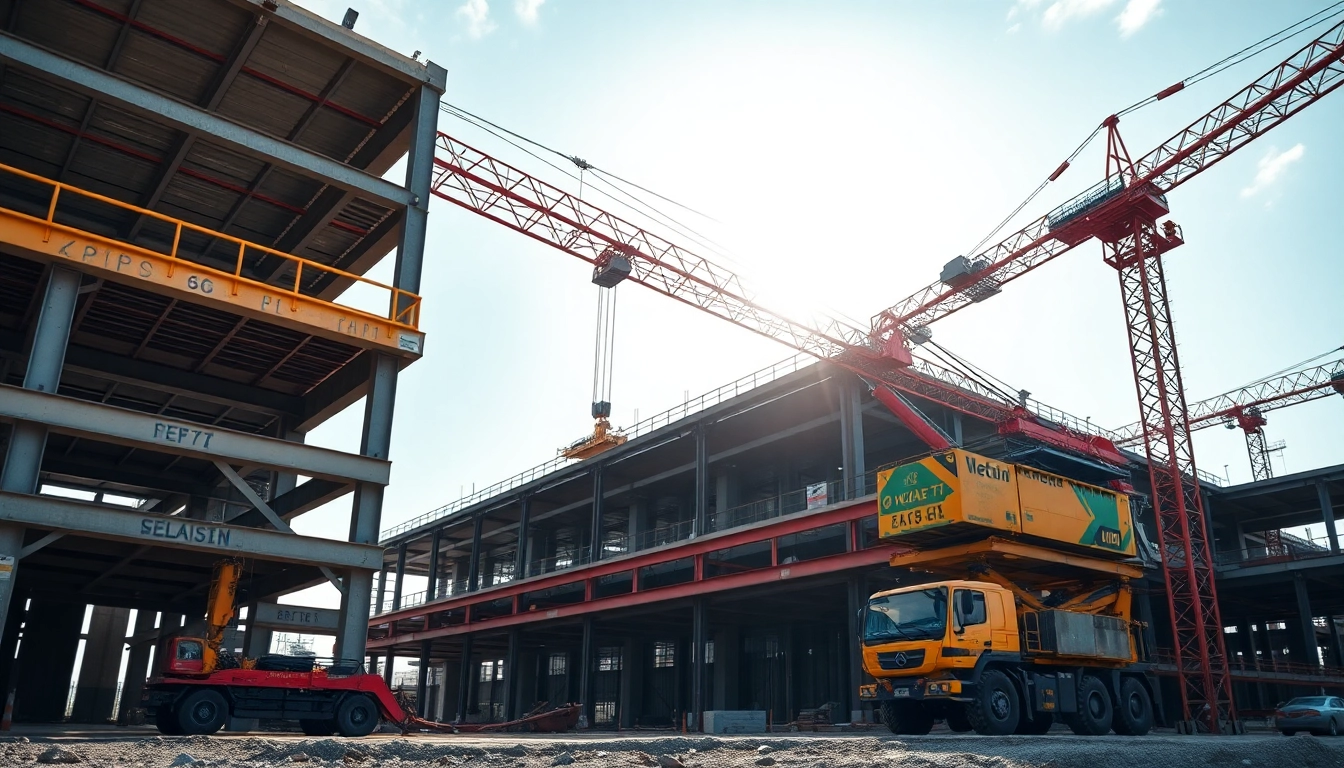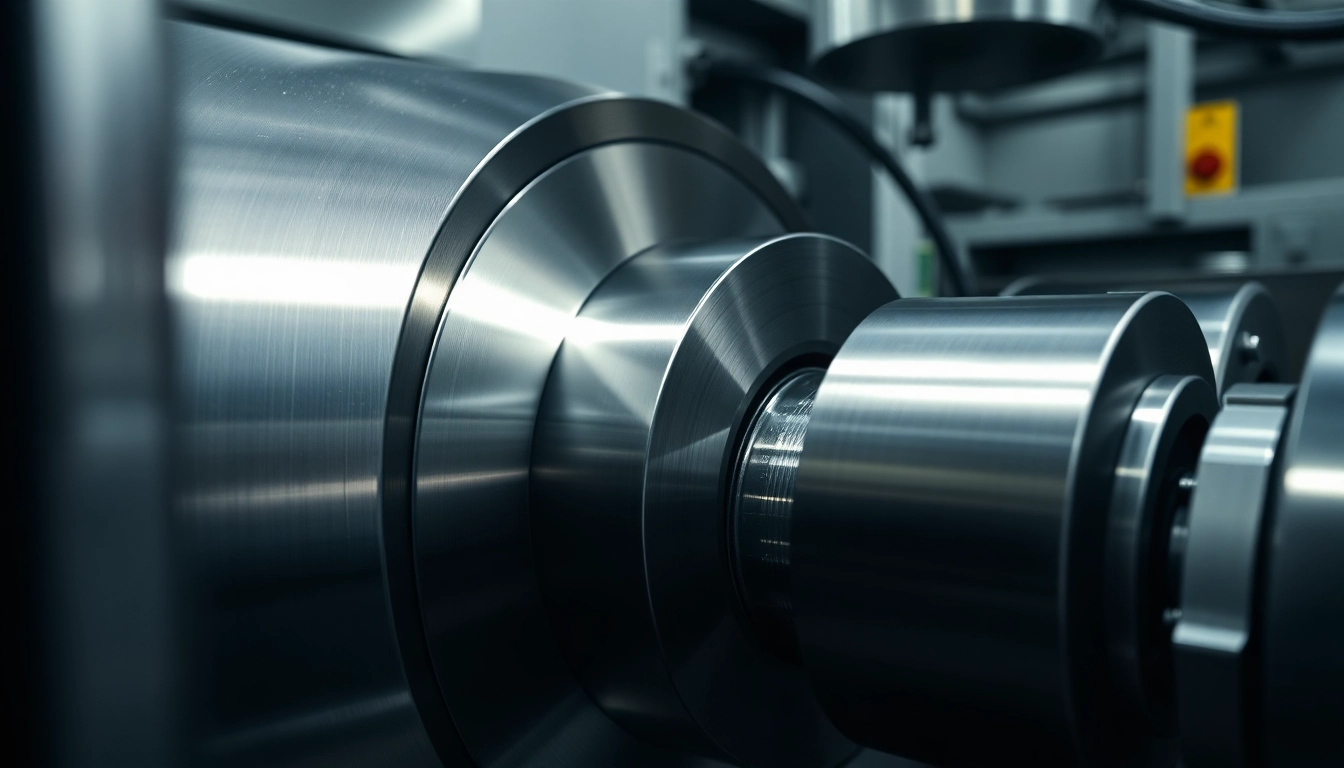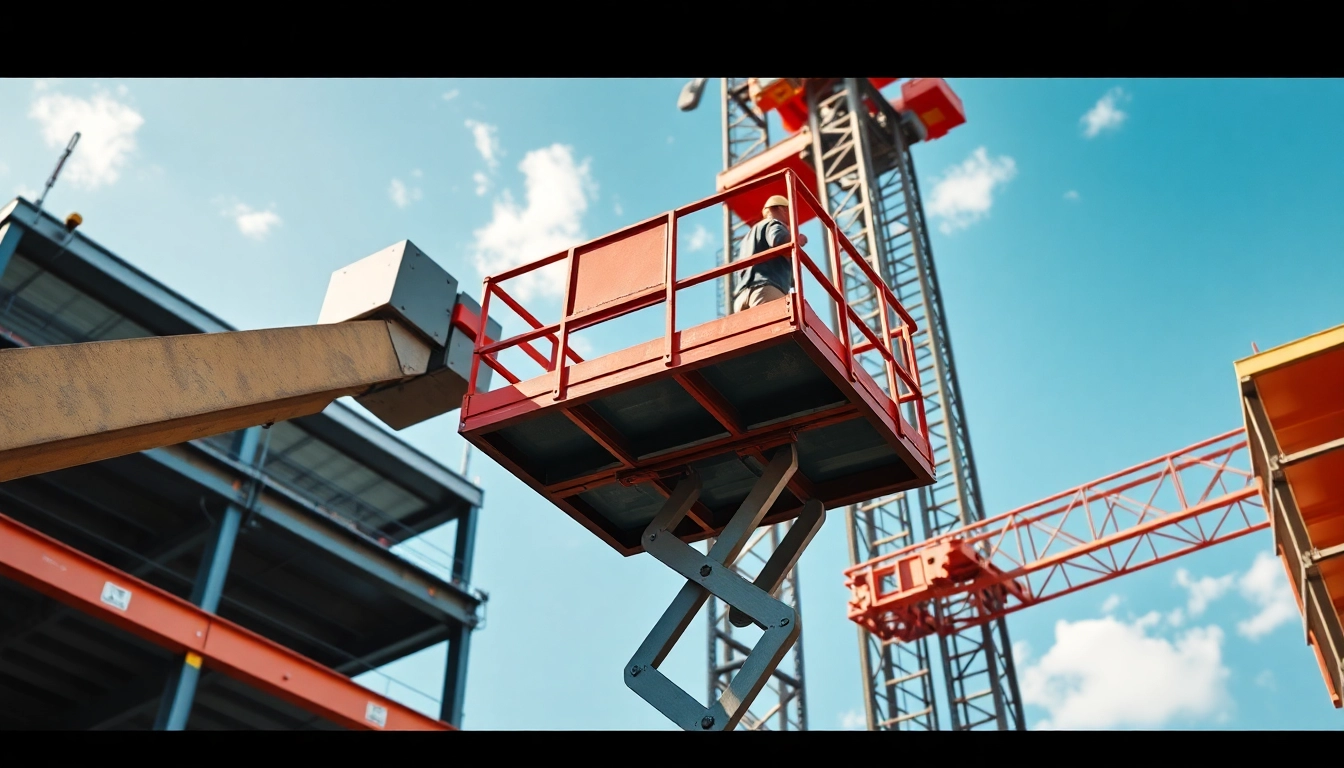Understanding Crane Rental Services in the UK
In the dynamic landscape of construction, infrastructure development, and industrial projects across the UK, crane rental services have become an indispensable component. They provide flexible, cost-effective solutions that enable businesses to execute lifting operations efficiently without the need for substantial capital investment in owning and maintaining heavy lifting equipment. Whether constructing skyscrapers, bridges, or complex industrial facilities, the right crane rental partner can significantly impact project timelines, safety standards, and overall success. For businesses seeking reliable, versatile, and affordable crane solutions, understanding the scope of available services, types of cranes, cost factors, and strategic considerations is crucial. By leveraging expertise from reputable providers, organizations can optimize their operational efficiency while adhering to stringent safety and regulatory requirements.
For a comprehensive overview and access to a range of equipment tailored to various project needs, explore our offerings at Crane rental. This resource connects you with leading providers across the UK, offering insights into best practices, cost considerations, and innovative solutions that are shaping the future of heavy lifting in the construction industry.
Types of Cranes Available for Rent
The diversity of crane types available for rental in the UK reflects the broad spectrum of construction and industrial requirements. Selection depends on project scope, site constraints, load capacity, and operational considerations. Here, we outline the main categories of cranes accessible for hire, delving into their specific uses and advantages.
Mobile Cranes
Mobile cranes are among the most versatile and widely rented types. They include truck-mounted cranes, all-terrain cranes, and rough terrain cranes, each designed for mobility across various terrains and site conditions. Their primary advantage lies in quick deployment and adaptability, making them ideal for projects requiring frequent movement between sites or complex urban environments where space is limited. For example, a COVID-19-era logistics warehouse expansion might utilize mobile cranes for swift, on-site lifts without extensive setup times.
Tower Cranes
Tower cranes are essential for high-rise construction projects, offering significant lifting height and capacity. These cranes are typically erected on-site and remain in place throughout the construction of tall structures, providing a stable lifting solution for heavy materials like steel beams, concrete panels, and equipment. Their ability to rotate 360 degrees and reach considerable heights makes them invaluable for skyscraper developments.
Crawler Cranes
Crawler cranes are characterized by their sturdy undercarriage with tracks, providing exceptional stability and weight distribution. They are well-suited for projects on uneven terrain or where precision and heavy lifting are required, such as the installation of offshore wind turbines or large industrial components.
Gantry and Portal Cranes
Typically used in shipyards, fabrication yards, and container terminals, gantry cranes move along rails and are designed for lifting heavy, bulky cargo. They excel in environments where large, repetitive lifts are necessary.
Specialized Cranes
This category includes floating cranes, telescopic cranes, and mini cranes like spider or pick-and-carry models. These are tailored for niche applications such as underwater construction, confined space lifts, or intricate engineering projects.
Benefits of Choosing a Reliable Crane Rental Partner
Selecting the right crane rental provider is pivotal to project success. Partnering with a dependable supplier offers numerous advantages that extend beyond mere equipment availability. Here are the key benefits:
Expertise and Industry Knowledge
Established rental companies bring decades of expertise, helping clients select the appropriate crane type, size, and configuration for their specific project requirements. Their knowledge ensures optimal performance, safety, and compliance with regulations.
Comprehensive Safety and Regulatory Compliance
Leading providers adhere strictly to UK safety standards and hold necessary certifications, ensuring that equipment is regularly inspected, maintained, and operated by qualified personnel. This reduces risks of accidents, delays, and legal liabilities.
Flexible and Cost-Effective Solutions
Reputable companies offer flexible rental terms, maintenance packages, and comprehensive support services. This flexibility helps organizations align crane usage with project timelines, optimize costs, and avoid unnecessary capital expenditure.
Access to Latest Technology
With leading rental firms, clients gain access to modern, state-of-the-art cranes featuring the latest technological innovations, such as remote operation, load monitoring, and automation, enhancing efficiency and safety.
Enhanced Project Logistics and Support
Reliable partners assist with planning, logistics, operator training, and on-site management, ensuring seamless integration into the construction workflow and minimizing downtime.
Key Factors Influencing Crane Hire Costs
Understanding the cost structure of crane rental in the UK is vital for budgeting and project planning. Costs vary based on multiple factors, which we explore below to help clients make informed decisions and negotiate effectively with providers.
Type and Size of the Crane
Heavier and more technologically advanced cranes (e.g., large tower cranes or heavy-duty crawler cranes) naturally command higher rental prices. The means of operation and lifting capacity significantly impact costs.
Duration of Hire
Typically, rental rates are calculated on a daily, weekly, or monthly basis. Longer-term hires often benefit from discounts, but project-specific timeframes must be carefully analyzed to avoid unnecessary expenditure.
Project Location and Site Conditions
Proximity to urban centers, accessibility, and site complexity influence delivery, setup, and operational costs. Urban sites may incur additional fees for permits, traffic management, or logistical constraints.
Operational and Support Services
Costs may include operator fees, transportation, assembly/disassembly, maintenance, and insurance. Including these elements in price comparisons ensures accuracy and transparency.
Timing and Seasonality
Peak construction seasons or adverse weather conditions can affect rates due to demand fluctuations and operational challenges.
Additional Equipment or Customization
Specific attachments, rigging, or innovative features like remote operation systems can add to the overall expense.
Market Dynamics and Provider Reputation
Prices are also influenced by regional competition, provider reputation, and the level of customer service offered.
How to Select the Right Crane for Your Project
Assessing Project Size and Scope
Accurate evaluation of your project’s scale, load requirements, and spatial constraints is fundamental. Small renovations may only necessitate mini cranes, whereas high-rise developments demand large tower cranes. Conducting a detailed assessment of the work volume, lift height, and weight load ensures the selected crane aligns with your project demands.
Matching Crane Types to Specific Construction Needs
Choosing the appropriate crane hinges on understanding the environmental and logistical conditions. For instance, urban construction sites with limited space benefit from compact, mobile cranes, while expansive industrial sites can leverage the capacity of crawler cranes. Consulting with industry experts or your rental provider can streamline this decision-making process.
Safety, Licensing, and Certification Considerations
Safety is paramount. Ensure that your selected provider complies with UK regulations, including operators holding valid certifications, cranes meeting inspection standards, and supporting documentation such as risk assessments and method statements. Verification of licensing ensures legal compliance and reduces liability risks.
Assessing Flexibility and Future Scalability
Consider the potential need for additional or different equipment as project phases evolve. Partnering with a provider offering a diverse fleet and flexible rental arrangements allows for scalability without operational interruptions.
Best Practices for Efficient Crane Rental Management
Scheduling and Planning for Timely Delivery
Advance planning facilitates synchronized delivery, minimizing downtime. Ensure clear communication with your provider regarding project schedules, site access, and setup requirements. Early booking can also secure preferred equipment and dates, especially during peak seasons.
Coordination with Other Construction Services
Effective integration requires synchronizing crane operations with other trades and logistical activities. Developing a detailed lift plan, including designated times and safety zones, ensures smooth workflow and reduces risks.
Monitoring Performance and Maintenance
Regular on-site inspection and overseeing operator performance are essential. Many reputable providers supply maintenance support, but proactive monitoring helps detect issues early, preventing delays and costly repairs.
Training and Safety Protocols
Invest in operator training and enforce strict adherence to safety protocols. Effective communication of safety standards enhances site safety culture and reduces accident rates.
Contingency Planning
Develop backup plans for equipment failure or adverse weather conditions. Having alternate arrangements reduces project disruptions and maintains momentum.
Cost-Effective Strategies for Crane Hire
Comparing Quotes and Service Packages
Gather multiple quotes from reputable providers, ensuring each includes detailed breakdowns of costs and scope. Consider value-added services like maintenance, operator training, and support. Negotiation can often yield better rates or additional benefits.
Understanding Rental Agreements and Contracts
Thoroughly review contractual terms, including liability clauses, insurance requirements, and cancellation policies. Clarify provisions regarding rerates, late delivery fees, and equipment replacement procedures to avoid surprises.
Maximizing Equipment Utilization and Minimizing Downtime
Plan the use of rental cranes efficiently by scheduling lifts strategically and performing routine maintenance. Proper planning ensures high utilization rates, maximizing the return on investment, and reducing overall costs.
Leveraging Technology and Data
Utilize project management software and crane monitoring systems to optimize scheduling, track performance, and facilitate communication with rental providers.
Future Trends in Crane Rental and Technologies
Innovation in Crane Design and Automation
The industry is witnessing rapid advancements, including automation, remote operation, and lightweight material use, which enhance safety and efficiency. These innovations reduce labor costs and improve precision, especially in complex projects.
Sustainable Practices and Eco-Friendly Equipment
Environmental considerations are shaping the industry. Electric and hybrid cranes minimize emissions, and energy-efficient designs contribute to greener construction practices. Companies investing in eco-friendly fleets position themselves as responsible industry leaders.
Digital Solutions for Booking and Project Management
Online booking platforms, real-time equipment tracking, and data analytics streamline rental processes. These digital tools improve transparency, reduce administrative burdens, and facilitate proactive maintenance and performance optimization.



